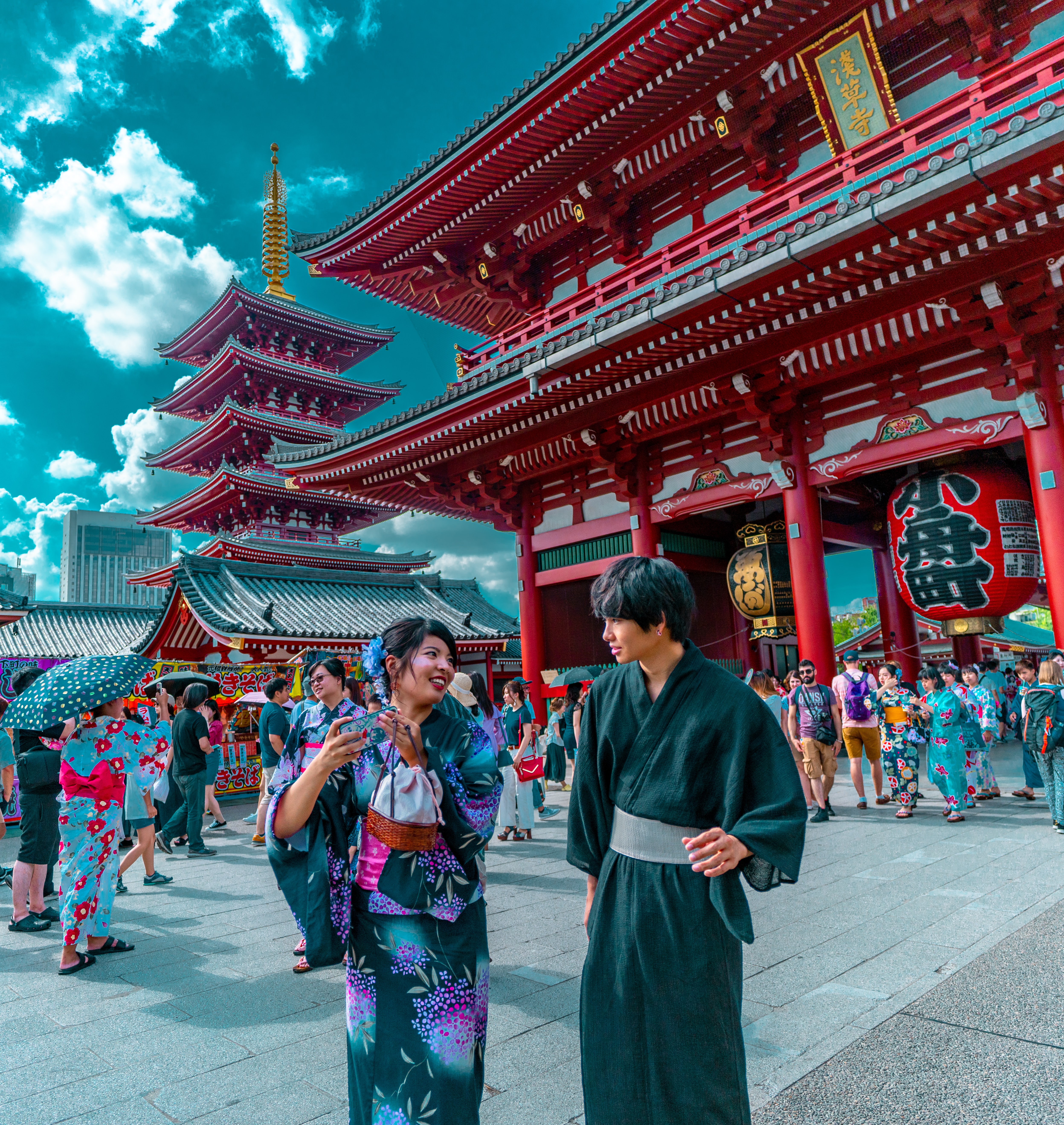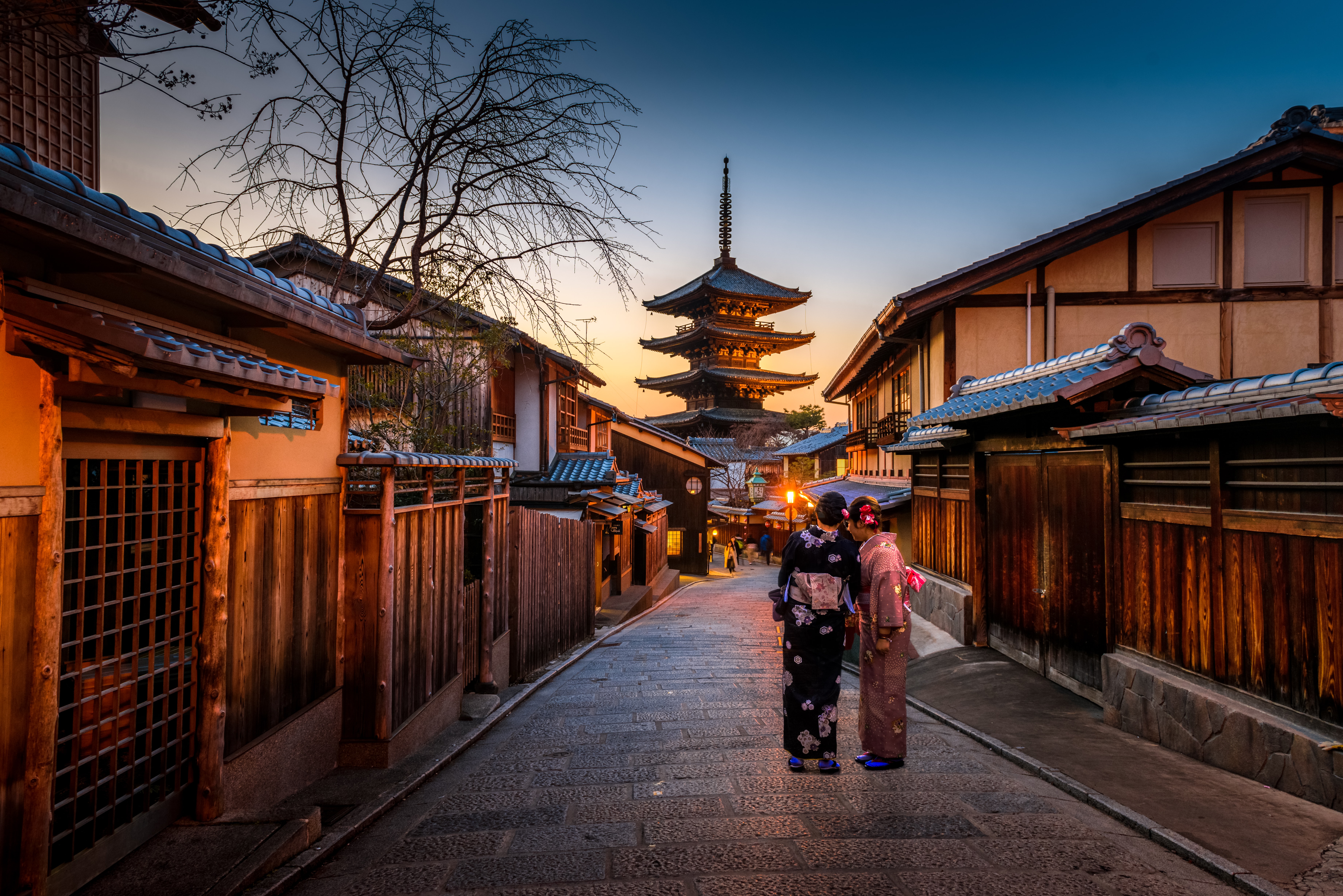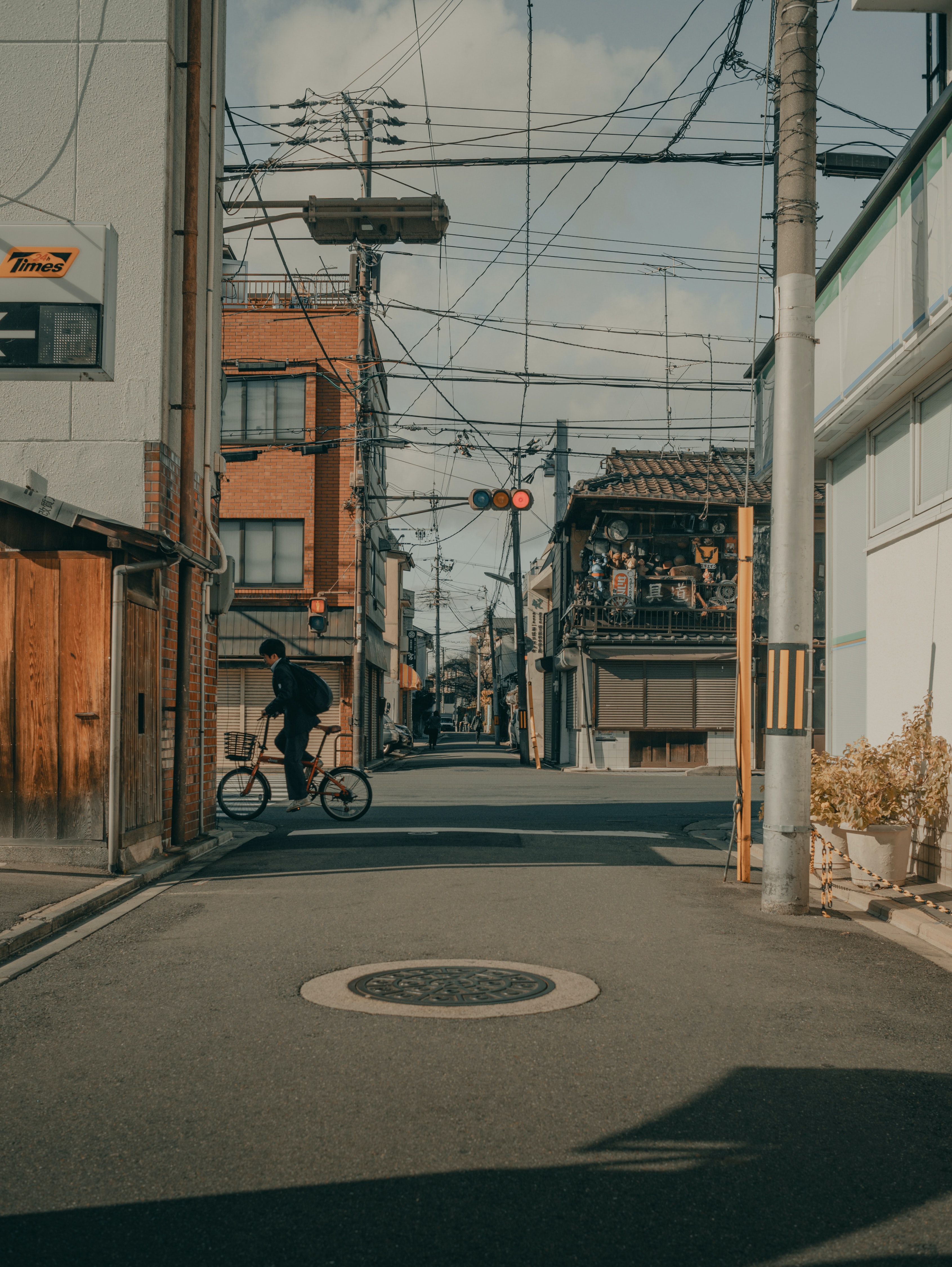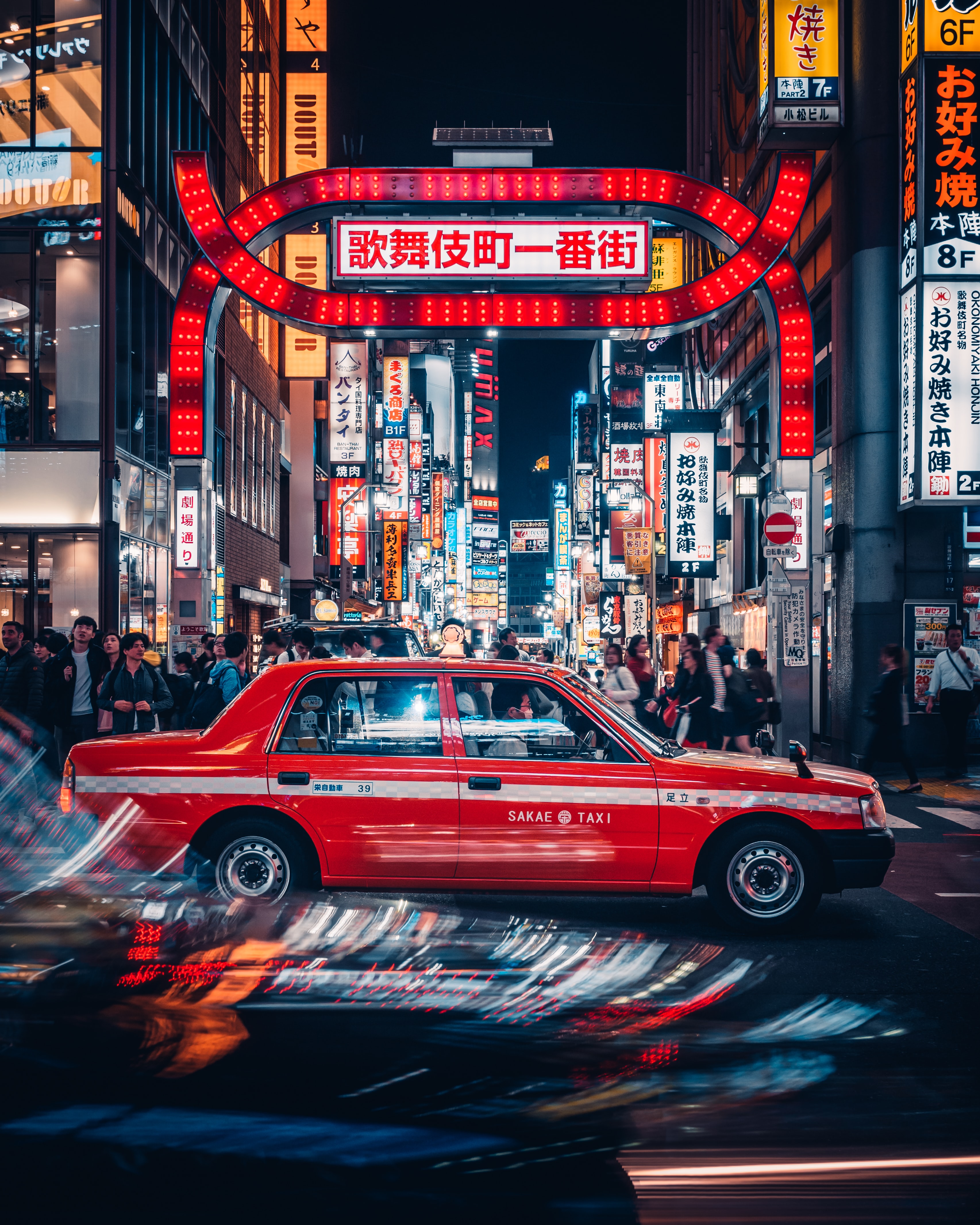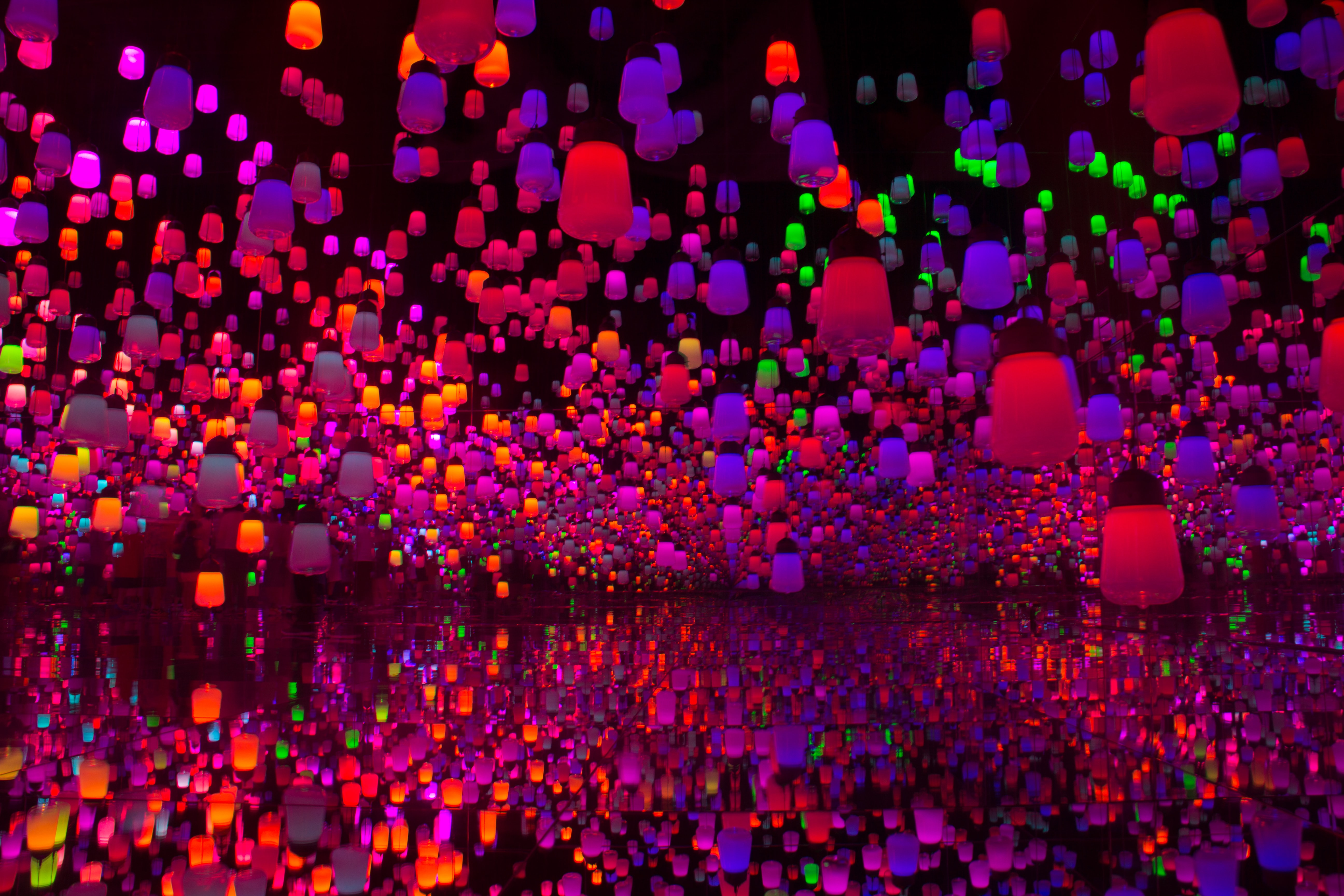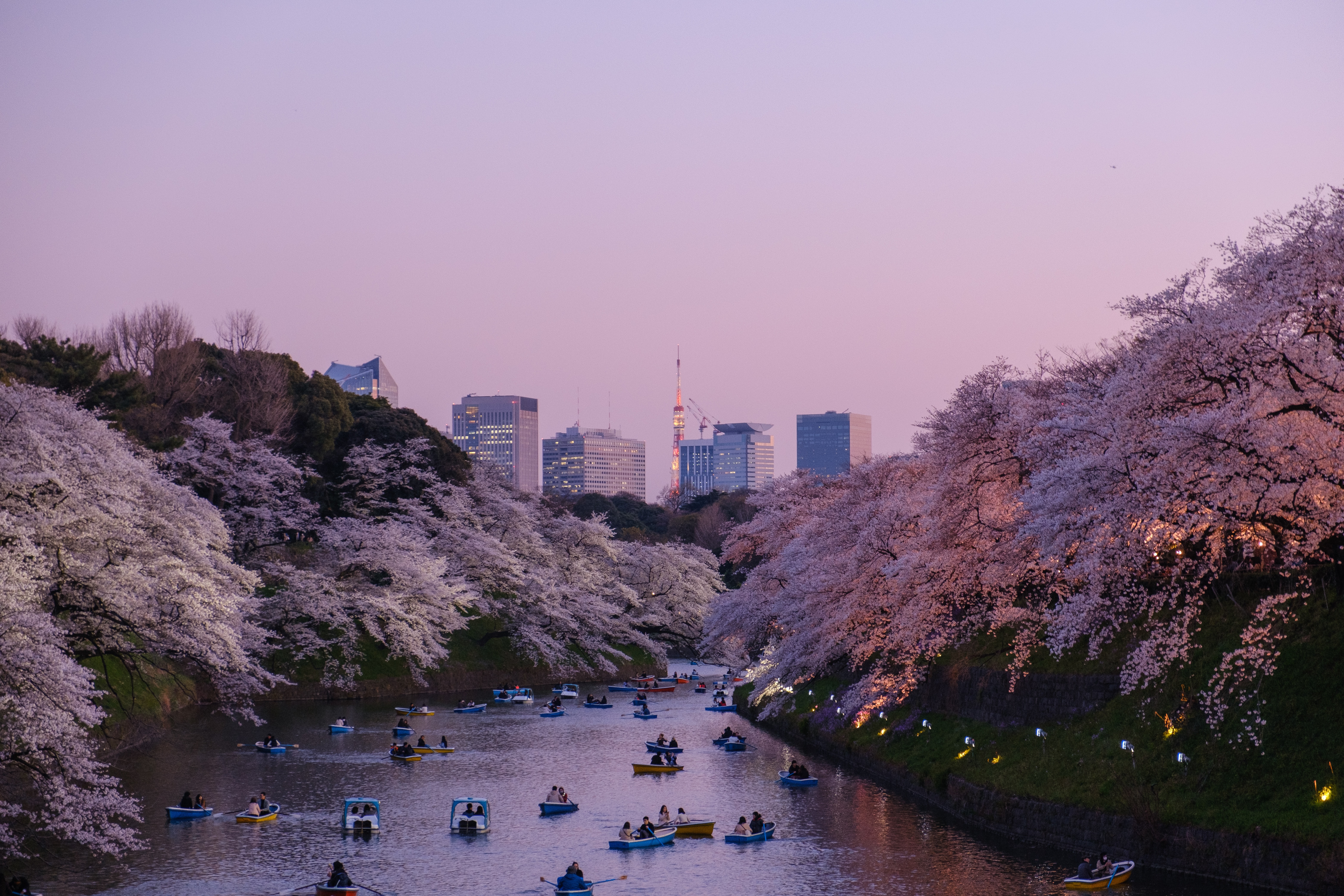
Why Tokyo?
From fishing village to metropolis
Tokyo (東京, Tōkyō) is Japan's capital and the world's most populous metropolis. It is also one of Japan's 47 prefectures, consisting of 23 central city wards and multiple cities, towns and villages west of the city center.
Tokyo offers a seemingly unlimited choice of shopping, entertainment, culture and dining to its visitors. The city's history can be appreciated in districts such as Asakusa and in many excellent museums, historic temples and gardens. Contrary to common perception, Tokyo also offers a number of attractive green spaces in the city center and within relatively short train rides at its outskirts.
Attractions
My favourite Tokyo sites
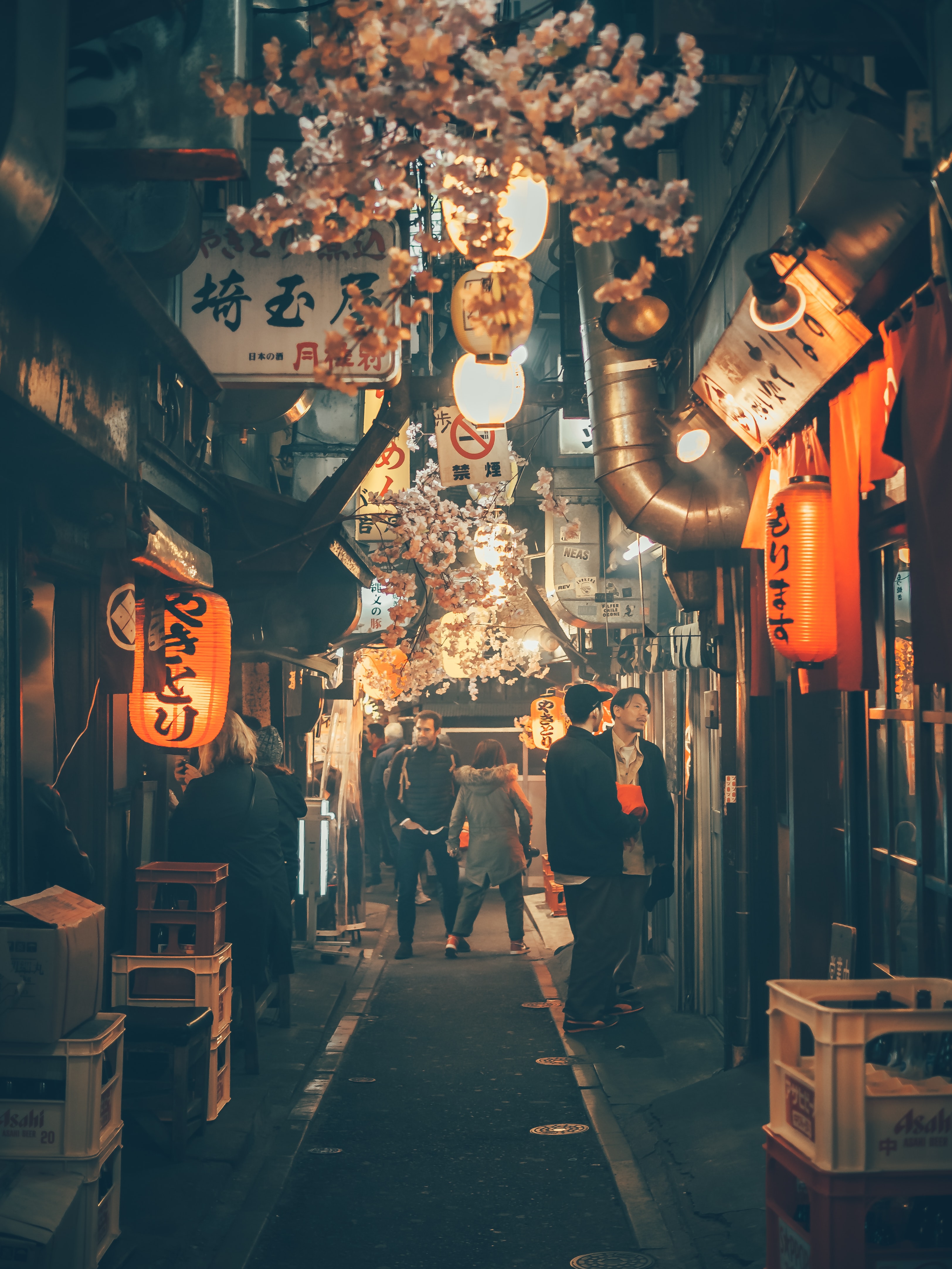
Yakitori Alley
Yakitori alley is a small area of narrow alleyways of restaurants and food stalls. Dim, crowded, and dingy, most of the structures are dilapidated and old, with room for only half a dozen patrons or so. Mugs of beer and sticks of yakitori are served matter-of-factly, without the clean pageantry that characterizes other Japanese cuisine.
Nearest Station:
North of Shinjuku Station
Learn more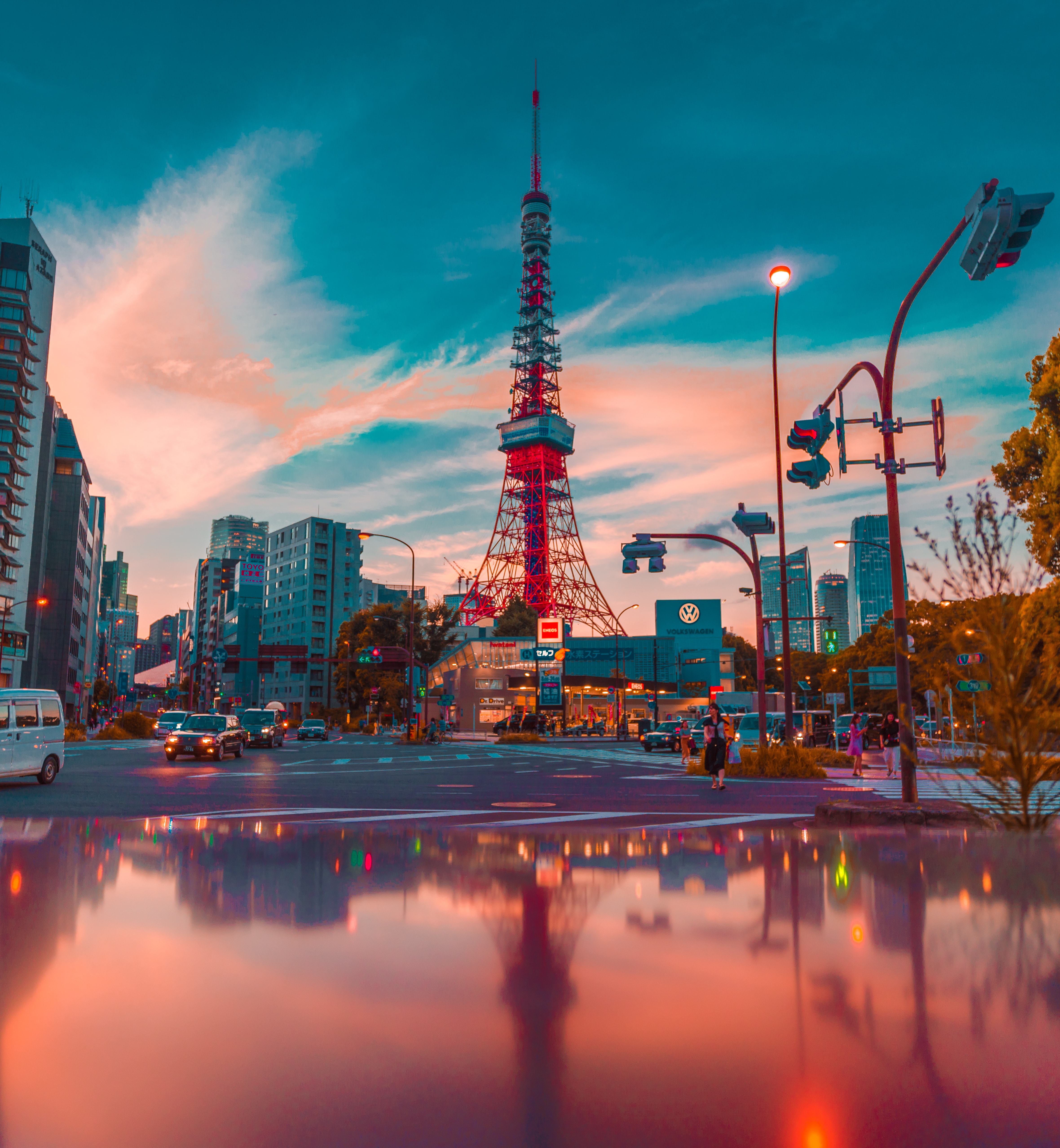
Tokyo Tower
The Tokyo Tower is a communications and observation tower in the Shiba-koen district of Minato, built in 1958. At 332.9 meters, it is the second-tallest structure in Japan. With its iconic red and white stripes, Tokyo Tower is Tokyo’s answer to the Eiffel Tower in Paris.
Nearest Station:
Onarimon Station - Mita Subway Line
Then 5-10 minute walk to the tower
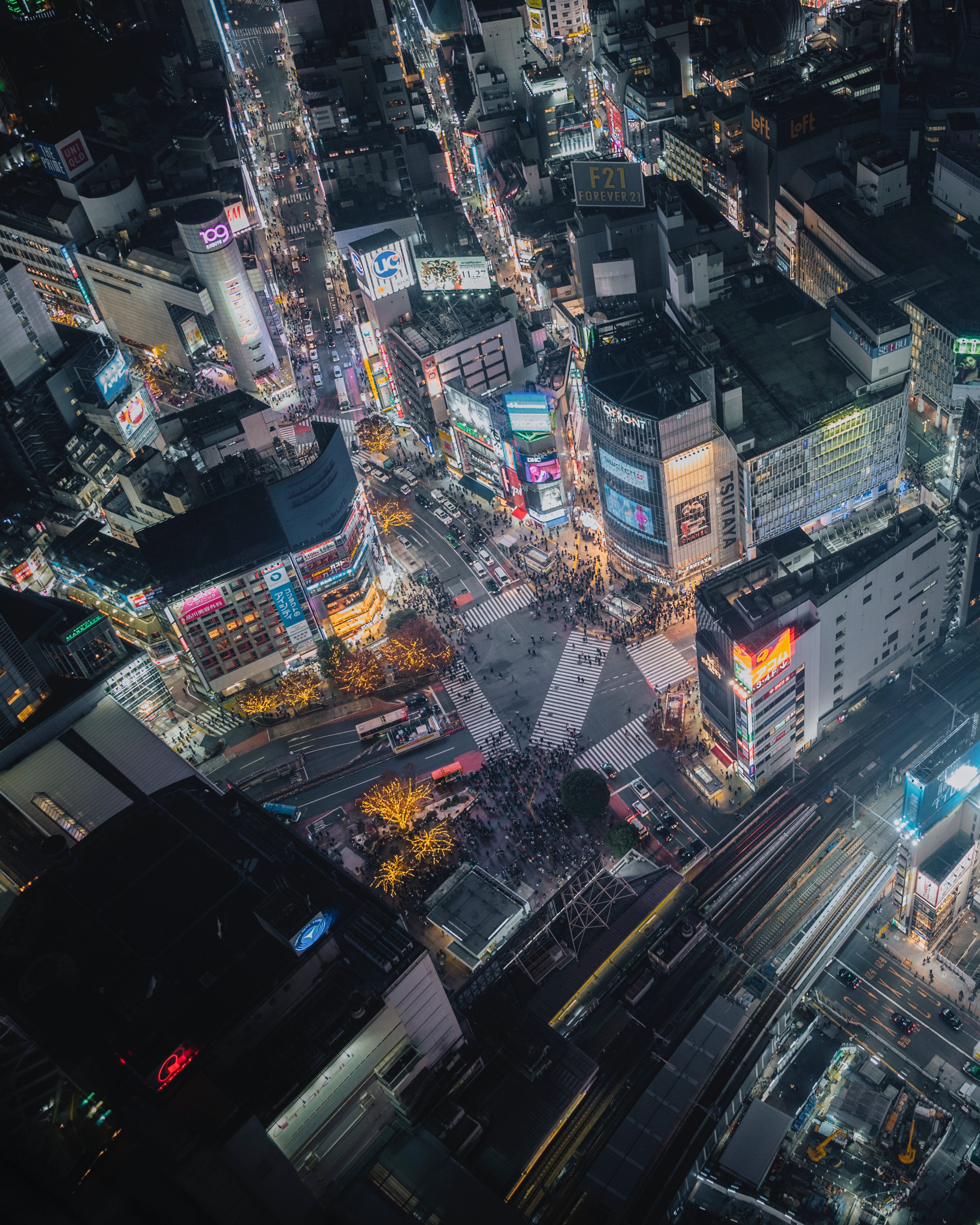
Shibuya Crossing
This intersection is one of the most famous in the world, and most definitely the busiest in Japan, flooded with hundreds of thousands of flashing lights from electronic billboards overhead.The statue of Hachikō, between the station and the intersection, is a common meeting place and almost always crowded.
Nearest Station:
Shibuya Station's Hachiko exit
Photo Array
